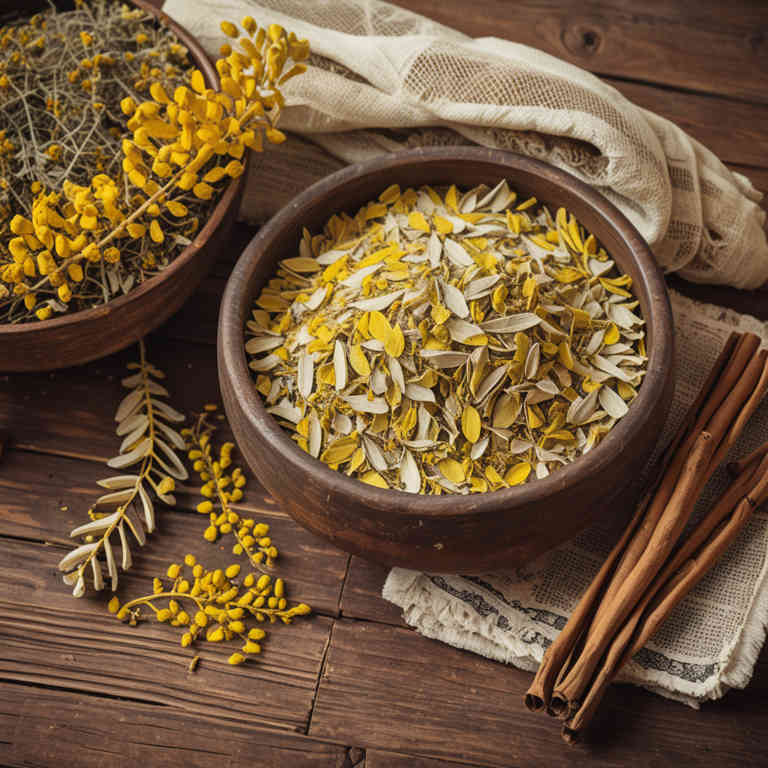Cassia alata bath for medicinal use

Cassia alata bath is a traditional herbal preparation made by infusing the leaves of the Cassia alata plant, also known as the "Candle bush," into water.
This bath is used in herbalism to treat skin conditions such as eczema, psoriasis, and fungal infections due to the plant's anti-inflammatory and antifungal properties. The leaves contain compounds like tannins and flavonoids that help soothe irritation and promote healing. It is often recommended for its soothing effects on the skin and its ability to reduce redness and itching.
This preparation is a popular remedy in many traditional healing practices across Latin America and the Caribbean.
Uses
Cassia alata bath has been used to treat skin conditions and promote overall wellness for centuries.
Historically, it has been a traditional remedy in various cultures, particularly in Africa, the Caribbean, and parts of Asia, where it was used to soothe rashes, eczema, and fungal infections. The bark and leaves of the Cassia alata plant contain compounds with anti-inflammatory and antimicrobial properties, which contribute to its effectiveness. In modern times, it is still used in natural medicine and aromatherapy for its skin-soothing benefits and as a natural alternative to chemical treatments.
Its continued use highlights the enduring value of traditional herbal knowledge in contemporary health practices.
Benefits
Cassia alata bath has health benefits such as reducing inflammation, promoting skin health, and providing relief from muscle aches.
This herbal preparation is known for its antimicrobial and antifungal properties, which can help in treating skin infections and fungal conditions. It also aids in detoxification by supporting the body's natural cleansing processes. The soothing effects of Cassia alata can help alleviate stress and improve overall well-being.
Regular use of this bath may contribute to healthier, clearer skin and enhanced immune function.
Constituents
Cassia alata bath active constituents include alkaloids, saponins, tannins, and flavonoids, which contribute to its therapeutic properties.
These compounds are known for their anti-inflammatory, antimicrobial, and astringent effects. The bath is traditionally used to soothe skin irritations and reduce inflammation. It may also help in treating fungal infections due to its antifungal properties.
Overall, Cassia alata bath is valued for its natural healing benefits in traditional medicine.
Preparation
To make Cassia alata bath, start by collecting fresh or dried leaves of the Cassia alata plant.
Wash the leaves thoroughly and then boil them in a large pot with approximately 4 liters of water until the liquid reduces by half. Strain the mixture to remove the leaves, and then add the resulting herbal infusion to a tub of warm water. Soak in the bath for 15 to 30 minutes to allow the skin to absorb the beneficial properties of the Cassia alata.
This bath is known for its skin-soothing and anti-inflammatory effects.
Side Effects
Cassia alata bath may lead to skin irritation or allergic reactions in some individuals due to the presence of compounds like tannins and saponins.
This herbal preparation is traditionally used for its antiseptic, anti-inflammatory, and skin-soothing properties. However, prolonged use or high concentrations may cause dryness, redness, or even chemical burns. It is also possible for some people to experience gastrointestinal discomfort if the bath water is ingested.
Individuals with sensitive skin or underlying health conditions should consult a healthcare professional before using this preparation.